When to plant tomatoes – for a bumper crop
Learn when to plant tomatoes from seed both in the greenhouse and outside with our handy guide
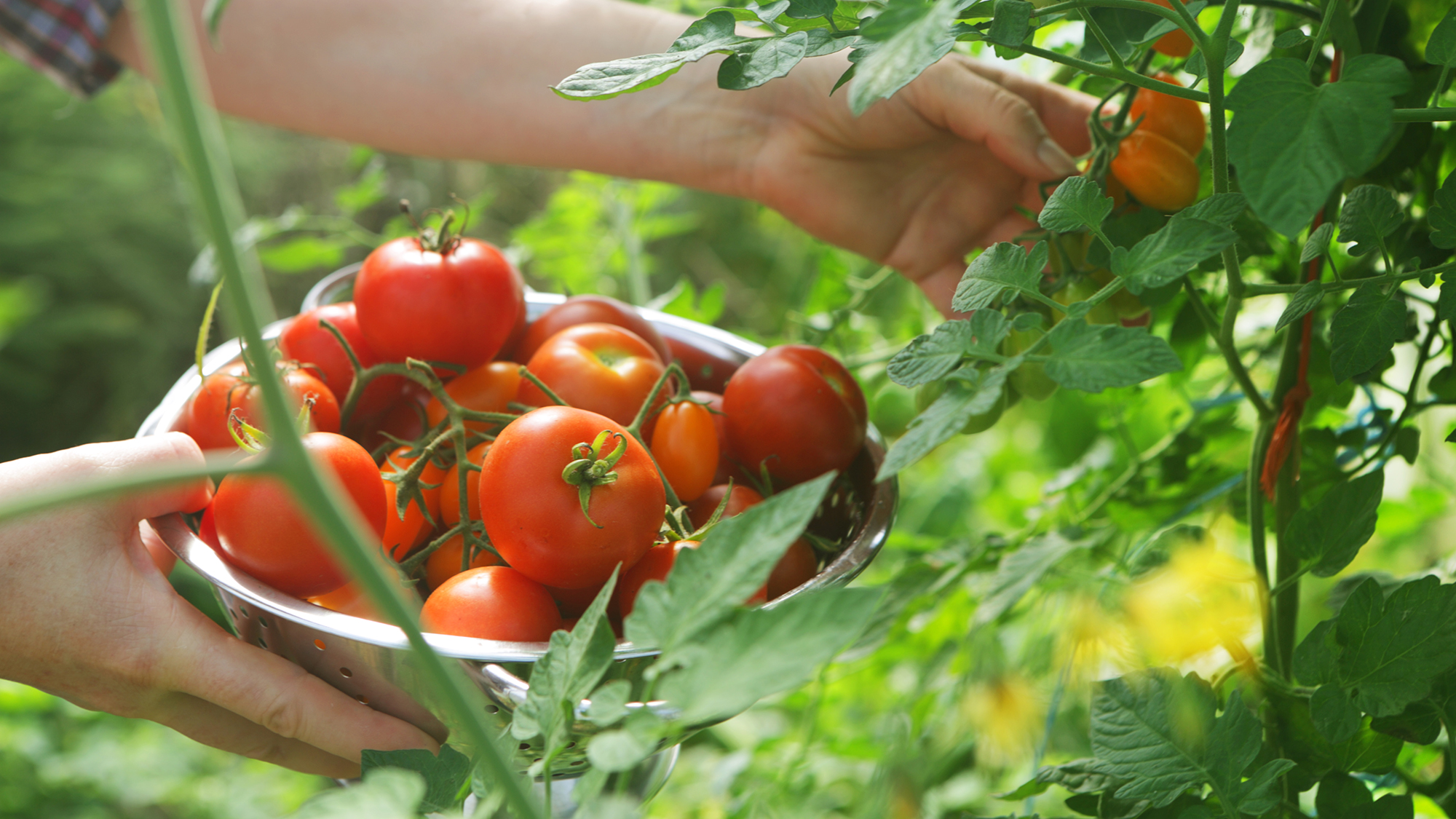

Are you wondering when to plant tomatoes? Tomatoes are a flavorsome summer staple that can be used in so many recipes. Just a few healthy plants can yield a good supply of tomatoes, plus they can be grown vertically without taking up large amounts of room, so it's well worth growing them yourself.
When homegrown, tomatoes can have a far better flavour compared to store-bought tomatoes, plus growing your own offers the chance to experiment with all sorts of different varieties.
Whether you're planning on growing tomatoes in the greenhouse or outside, this guide will explain when to plant tomatoes from seed as well as when to plant them outside and there’s advice from gardening experts, too.

When to plant tomatoes
As with knowing when to plant vegetables in general, when you plant tomatoes is important to ensure your crop is a success. Tomatoes are warm weather plants which need plenty of sun to thrive and grow best at temperatures between 70 and 75°F (21 and 24°C).
Seeds are best sown under cover in March and April ready for harvesting from July to September. Sowing times will vary depending on the variety of tomato you choose to grow, so always be sure to follow the instructions on the seed packet.
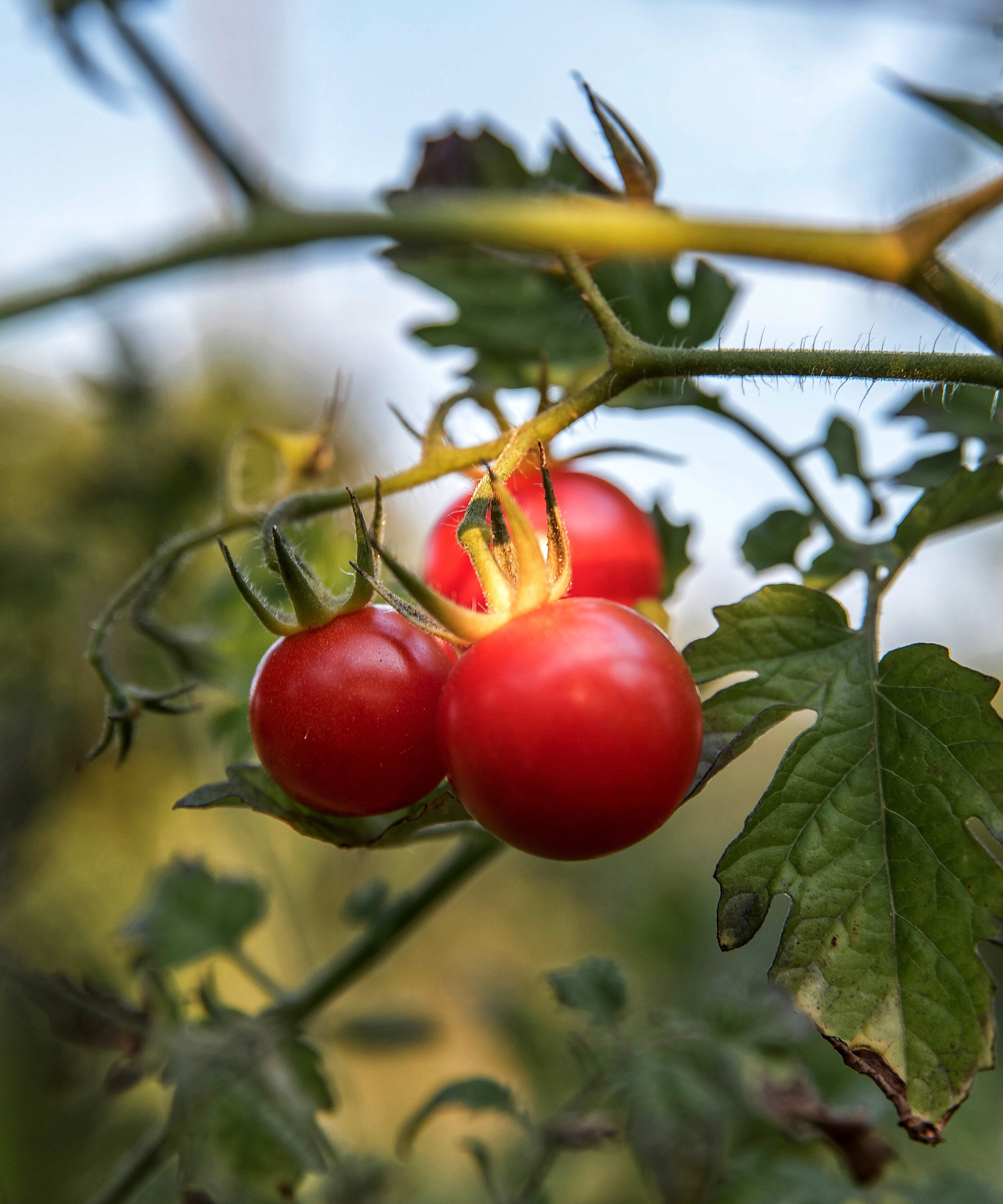
When to plant tomatoes from seed
When to plant tomatoes from seed will vary depending on your climate, growing zone and, more specifically, the estimated date of the last frost in your area. It will also depend on whether you wish to grow them in a greenhouse or outside.
Whether you plan to grow tomatoes in a greenhouse or outside, sowing the seeds under cover is recommended as they germinate at around 64°F (18°C) to 77°F (25°C).
If you are planning to transplant your tomatoes outside, then 'tomatoes can be sown indoors six to eight weeks before your local last frost date,' says Annie Singer, gardening expert and blogger at Gardening Abundance. In an unheated greenhouse this is usually between late March and early April.
Sow thinly in trays filled with seed sowing compost, cover lightly with compost and water. Keep the seeds in a sunny spot at around 65°F (18ºC) – ideally in a propagator or covered with a plastic bag – and the seeds should germinate in around eight to 10 days. If you are looking to grow just a few plants, then sow individually in small pots.
Once the tomato seedlings have developed two 'true' leaves they should be pricked out and repotted into 3½in (9cm) pots in order to grown on before being transplanted outside.
When sowing tomato seeds under cover for transplanting outdoors, 'don't start too early,' warns gardening blogger Mary Jane Duford, known for her step-by-step gardening tutorials. 'Leggy, root-bound, or flowering transplants can cause stunting and reduce early production.'
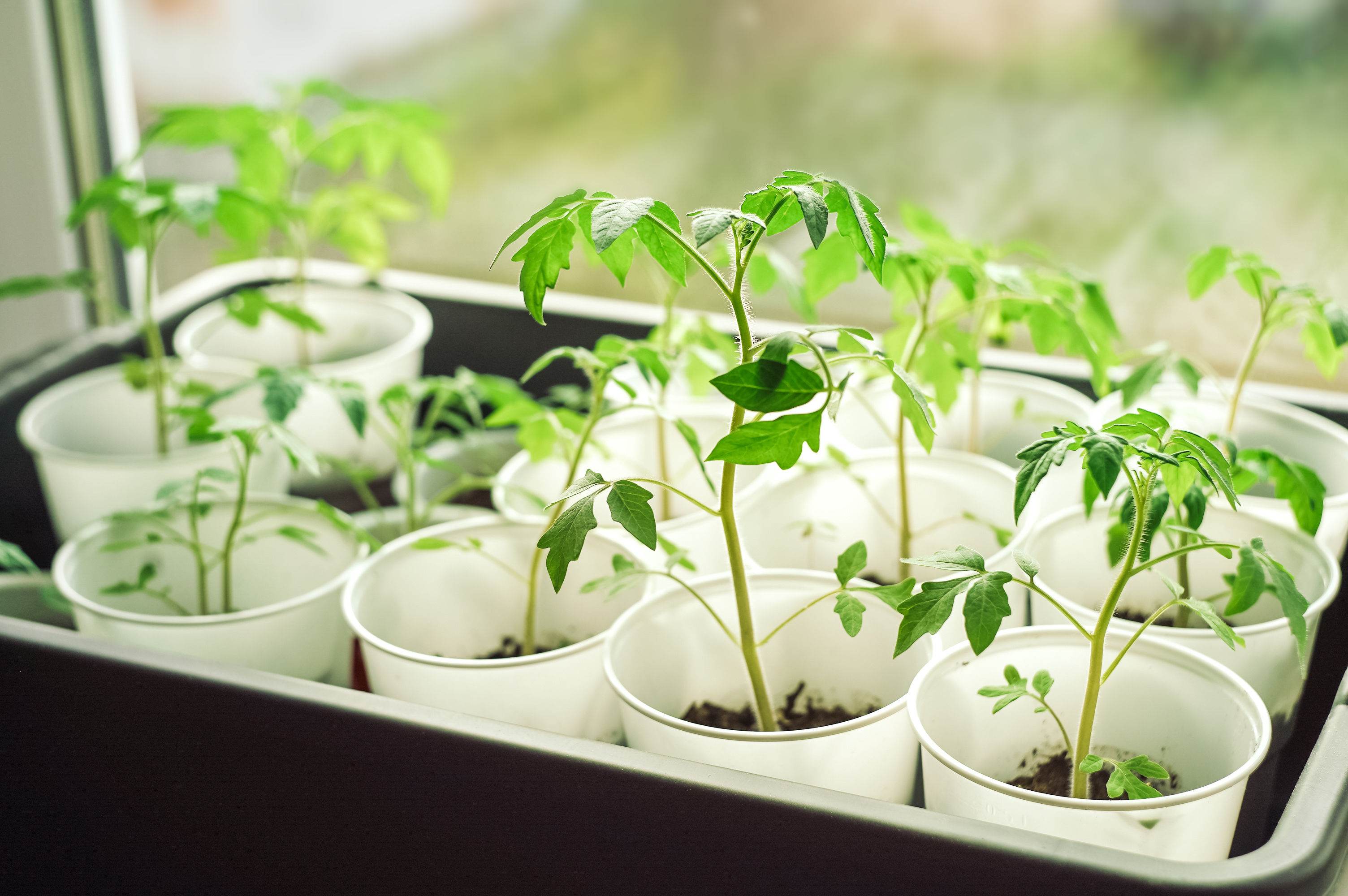
When to plant tomatoes in the greenhouse
The answer to the question of when to plant tomatoes if you are planning to grow them in a greenhouse is that the seeds can be sown earlier than if you are planning to transplant them outdoors.
When sowing tomato seeds in a greenhouse they are best sown from late February to mid March ready for planting out into larger pots in late April and early May.
However, if you are planning to grow tomatoes in a heated greenhouse, seeds can be sown as early as January and then be planted out into large pots in late February or early March for a May-June crop.
Tomatoes are a great choice for growing in the greenhouse where the growing conditions can be regulated as they do not like fluctuations in temperature and grow best with temperatures regulated between 70 and 75°F (21 and 24°C). Growing tomatoes in a greenhouse is best if you are looking for an early crop.
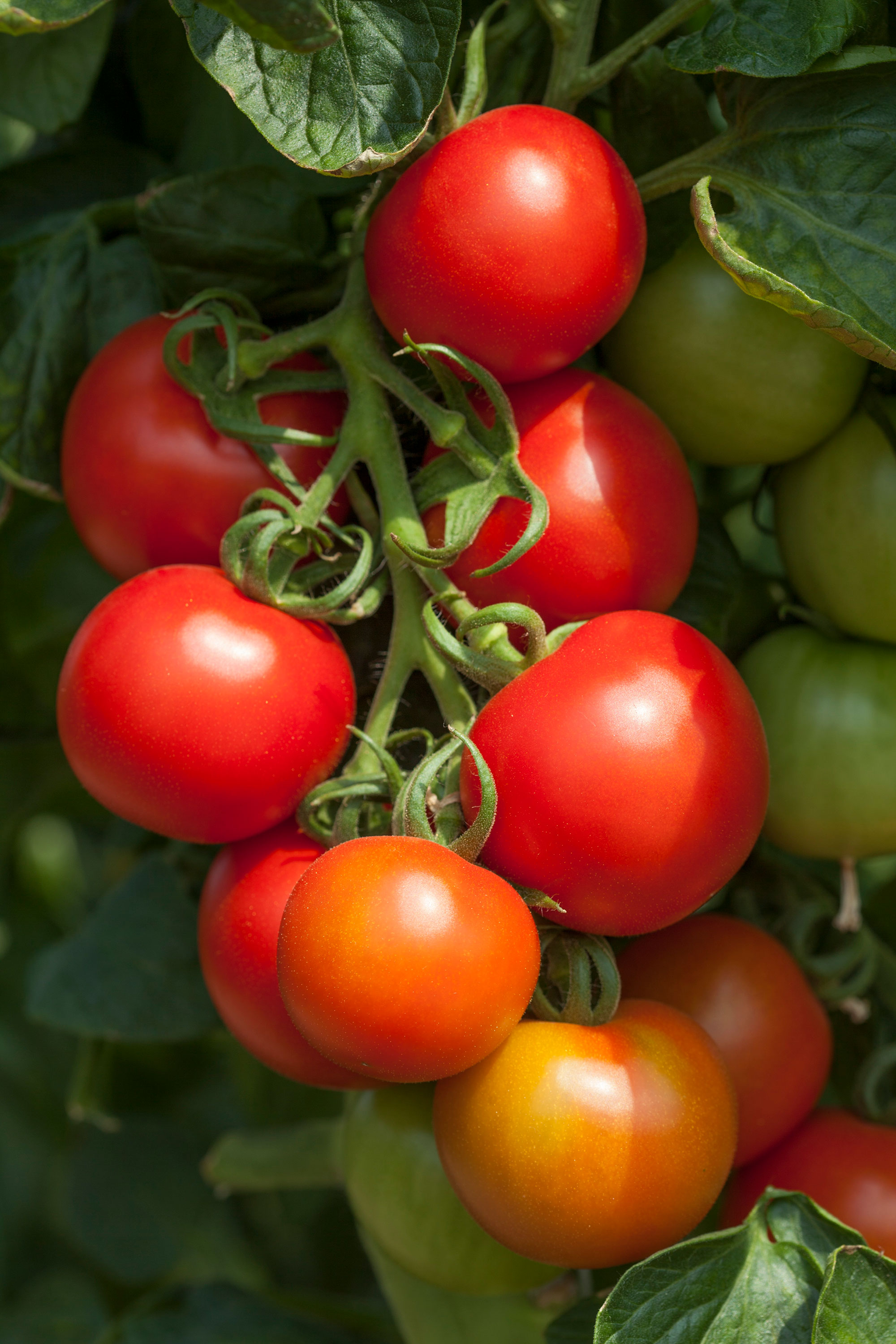
When to plant tomatoes outside
If they are sown under cover, the question of when to plant tomatoes outside is important. The answer is that the plants should be transplanted outside once the risk of frost has passed and the soil is warm – this will depend on your growing zone and weather conditions. Consider companion planting tomatoes to boost the harvest as well as deter pests.
'Tomatoes are usually transplanted outdoors zero to four weeks after the last frost date in your local area. Most tomato plants are planted outdoors when nighttime temperature lows are at or above 50°F (10°C). This usually occurs a few weeks after the local last frost date,' says gardening blogger Mary Jane Duford. 'Tomato seedlings grow very slowly at temperatures below 50°F (10°C) and may be damaged at temperatures below 43°F (6°C).'
Whether they are ready to be transplanted outside will depend on the size of your plants, too. In order to be planted outdoors young tomato plants should generally be around 9 to 12 inches tall (23 to 30cm) and will require a phase of hardening off advises Annie Singer.
'Make sure to slowly expose them to the outdoor world over the course of one to two weeks before planting them directly in the earth to allow them to adapt to direct sunlight, wind, and temperature changes,' she says.
Remember that pruning tomato plants if they are indeterminate – cordon or vine – varieties is a task worth undertaking once the plants are large enough.
Look out for signs of disease so you can adopt tomato blight treatments as necessary for outdoor-grown tomatoes, although you should be aware that it could also strike greenhouse-grown plants.
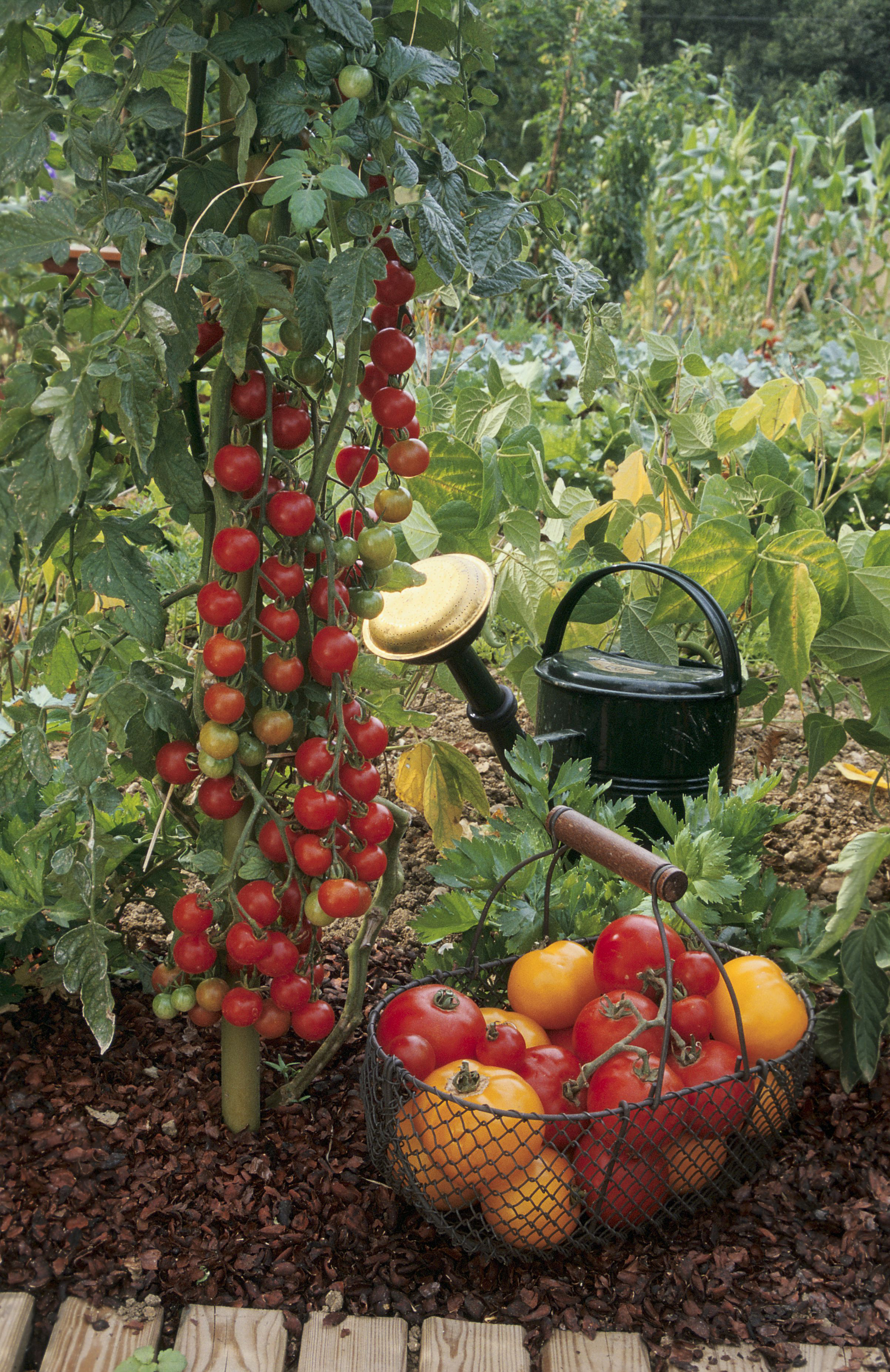
What is the best month to plant tomatoes?
What month to plant tomatoes will depend on your climate and growing zone as well as whether you plan to grow them outside or in the greenhouse.
It is important to remember that tomatoes are warm weather plants and will not grow in temperatures below 50°F (10°C). The soil should also be warm enough – ideally 60°F (16°C).
In general, 'if you’re growing tomatoes from seeds you can sow indoors any time from March to the end of May. The tomato plants should be ready to plant outside by the end of May or early June when the threat of late frosts is minimal,' advises Jill Vaughan of Defland Nurseries Ltd, a member of the British Tomato Growers’ Association.
These timings, however, vary with geographic location and weather, so it is possible to plant out in early to mid-May with earlier sowings. Later sowings are also possible – up until late May with varieties like ‘Veranda Red’ – to yield a good crop in October. Larger fruited varieties are best sown in mid to late April to ensure a good crop of ripe fruit by mid-September.
If you are growing tomatoes later in the season, look at how many days to maturity it states on the seed packet or plant label. As long as this is less than the number of days until the expected first frost, you can still plant the tomatoes.
If you are growing your tomatoes in a greenhouse, then the seeds can be sown earlier, from late February to mid March.
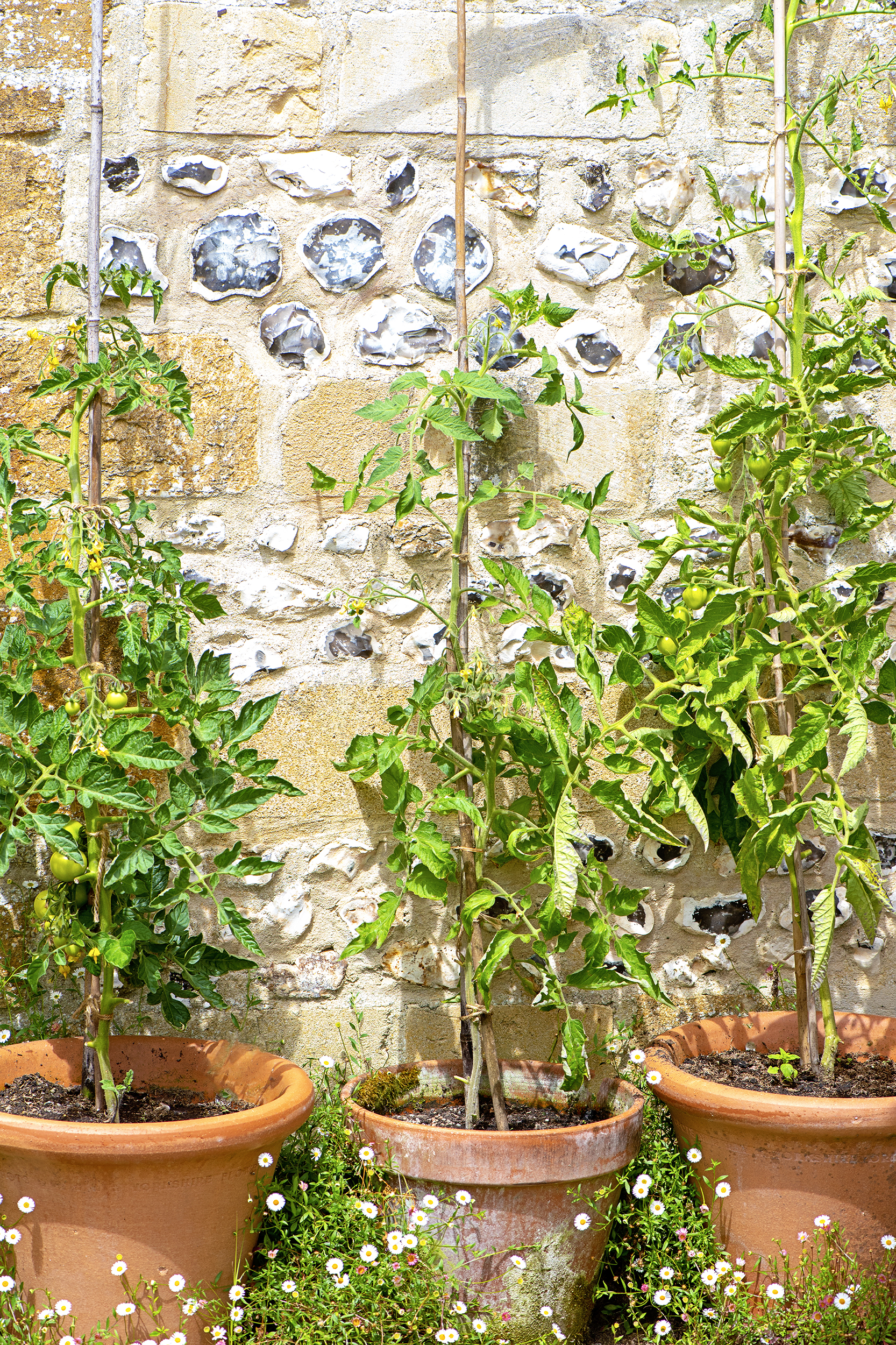
How late can you plant tomatoes?
How late you can plant tomatoes will depend on the variety you grow, as growth rates and harvesting times can vary between cultivars. To be harvesting tomatoes over a longer period, consider growing a range of different varieties.
'Big heirloom tomatoes typically need to be planted in May or early June at the latest in most temperate gardening climates. Smaller varieties can be planted a little later as the fruits don’t take as long to ripen,' explains Mary Jane Duford.
'For instance, the top-tasting cherry tomato “Sun Gold” has an outdoor growing period of only 57 days to maturity. This means that in optimal conditions, it will take only 57 days between the seedling plant being planted outdoors and the first tomatoes starting to ripen. So for a crop that starts to ripen at the beginning of September, it would be possible to plant a seedling from the garden center as late as the beginning of July and enjoy a reasonable early fall harvest in many climates.'
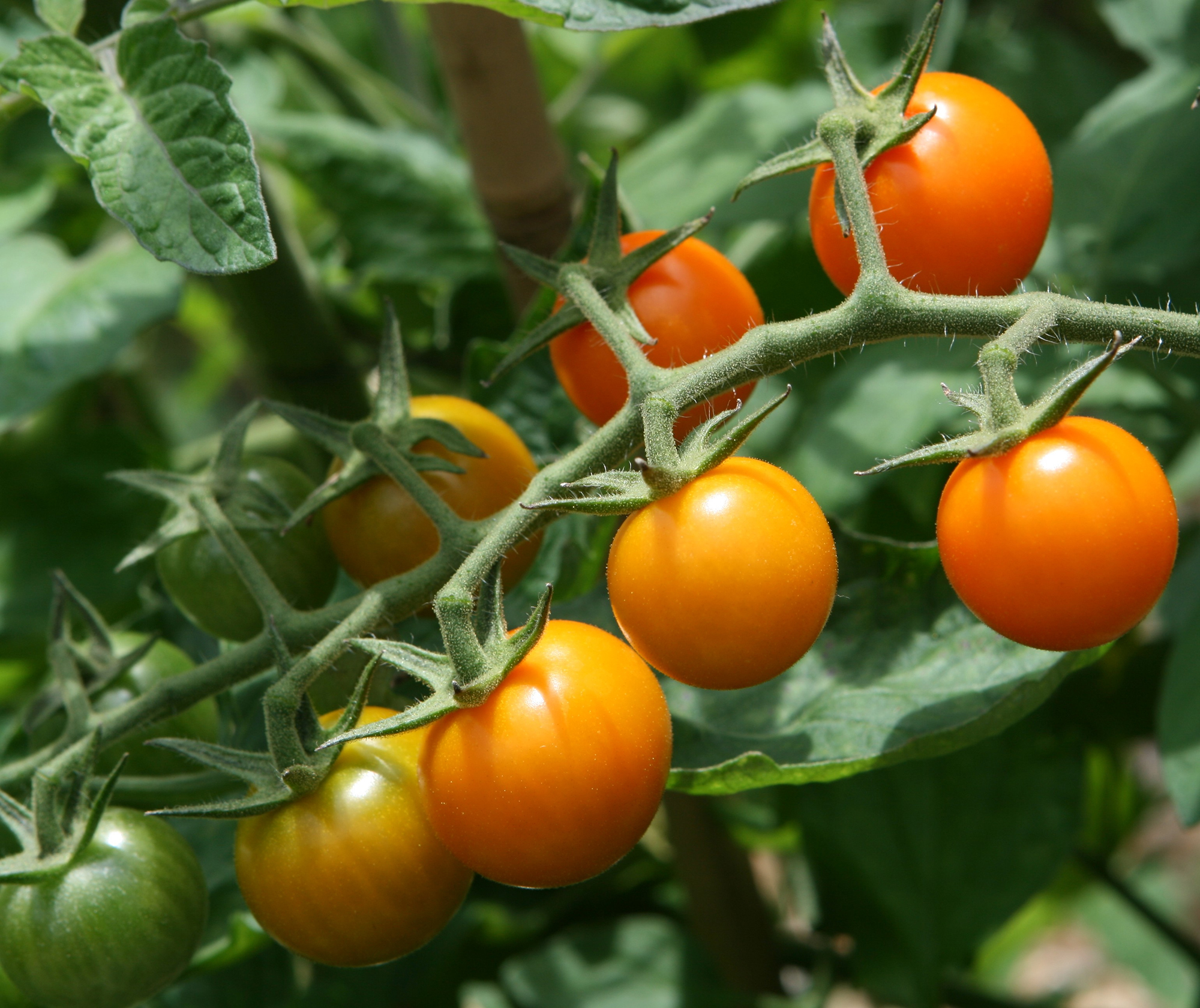
Sign up to the Homes & Gardens newsletter
Design expertise in your inbox – from inspiring decorating ideas and beautiful celebrity homes to practical gardening advice and shopping round-ups.

Pippa is a contributor to Homes & Gardens. A graduate of Art History and formerly Style Editor at Period Living, she is passionate about architecture, creating decorating content, interior styling and writing about craft and historic homes. She enjoys searching out beautiful images and the latest trends to share with the Homes & Gardens audience. A keen gardener, when she’s not writing, you’ll find her growing flowers on her yard for styling projects.
-
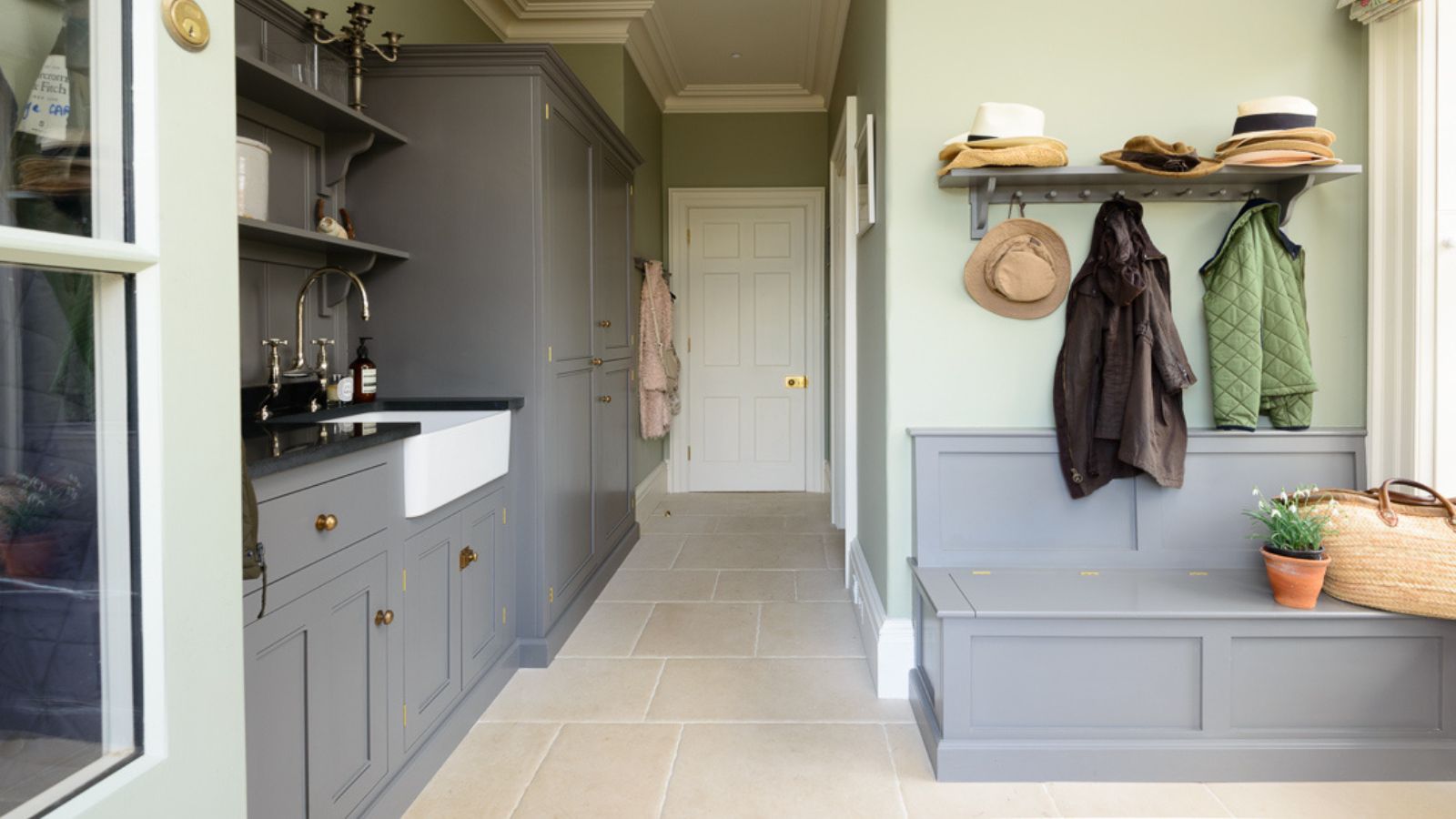 I've spent 200+ hours testing vacuums and tried the viral tea bag vacuum hack to deodorize naturally. The results surprised me
I've spent 200+ hours testing vacuums and tried the viral tea bag vacuum hack to deodorize naturally. The results surprised meIt worked better than I expected, but it's not the most effective method out there
By Dan Fauzi
-
 Martha Stewart's outdoor zoning method is the secret to seamless hosting for summer 2025 – it's changed how I arrange furniture on my patio
Martha Stewart's outdoor zoning method is the secret to seamless hosting for summer 2025 – it's changed how I arrange furniture on my patio11 years ago, Martha shared an intelligent way to organize your outdoor space for hosting season – it's just as smart over a decade later
By Megan Slack